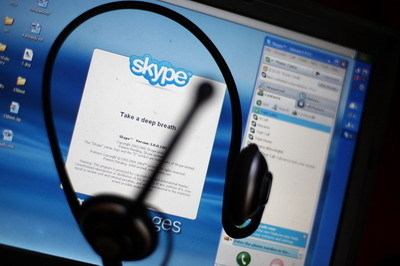After 22 years of operation, the United States video calling and messaging service Skype officially shut down on Monday, May 5th. Its parent company Microsoft announced in February that it would be terminating the service and transitioning resources to Microsoft Teams.
Skype, which was launched in August 2003, offered a network calling method that did not require payments to phone companies, gaining widespread attention and amassing over 300 million users at its peak. However, with the emergence of more competitors, Skype’s user base rapidly declined.
According to Microsoft data, in March 2020 Skype had 40 million daily active users, which decreased to 36 million by 2023. The decline in performance was partially attributed to Skype’s foundational technology not being suitable for the smartphone era.
Jeff Teper, Microsoft 365’s Collaboration Applications and Platforms Vice President, stated that in order to simplify free consumer communication products to better adapt to customer needs, they decided to close Skype and focus on Teams development.
Teams can provide all of Skype’s services and incorporate additional features. As part of the transition, Microsoft will offer a free version of Teams to all previous Skype users.
“Using Teams, users can access many core functions similar to Skype, such as one-on-one and group calls, messaging, and file sharing,” Teper said. Additionally, Teams offers enhanced features like hosting free meetings, managing calendars, and creating/joining communities.
In 2011, Microsoft defeated Google and Facebook by acquiring Skype for $8.5 billion. When the COVID-19 pandemic and remote work environment increased the demand for online business calls, Microsoft integrated Teams with other Office applications, attracting enterprise users to Teams – who were previously Skype’s main user base.
Teams is now the strongest competitor to Slack under Salesforce. Reports indicate that Teams currently has “hundreds of millions” of users connecting with others at home, school, and workplaces, with Teams users doubling the time spent in meetings over the past two years.

